Exact Answer: You can eat just after your blood is drawn for the sample
A glucose test is taken to measure the level of glucose in your body. Glucose is the main reason for your body’s energy. Glucose is basically sugar. It is important to keep your body in balance. People with low sugar levels in the body feel giddy and tired. It is important to keep your glucose level somewhere near or less than 140mg/dL. If your glucose levels are too high, it leads to blindness or kidney problems. High sugar levels indicate diabetes. Low blood sugars might lead to serious complications such as brain damage. It is important to keep your glucose levels in check and that can be found out by glucose tests.
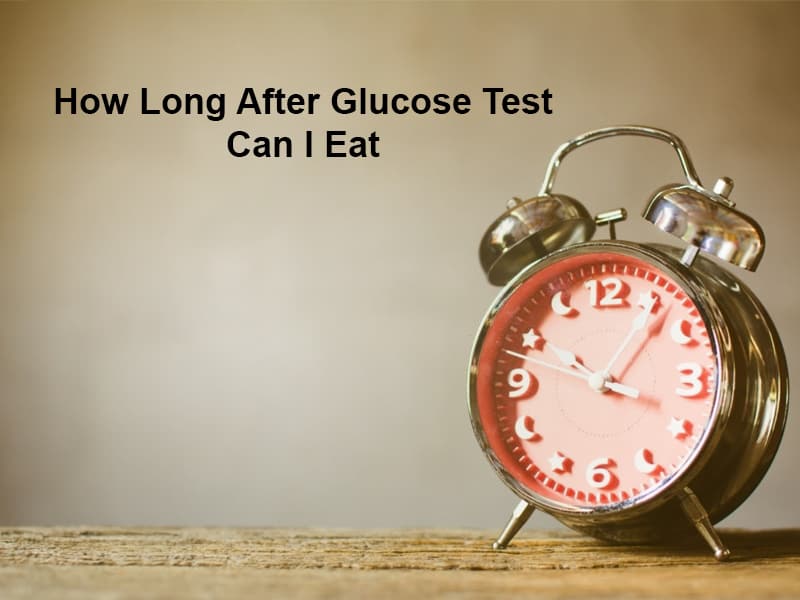
How Long After Glucose Test Can I Eat?
There are a lot of precautions to be taken care of before you can get a glucose test done such as maintaining a particular diet or fasting for a couple of hours. But there are no such limitations after the test is complete. There are different sets of instructions and rules for different kinds of tests.
| Kind of test | After how long can you eat | For how long do you fast Before the test |
| Gestational Glucose Tolerance Test | Immediately after the test is done. | You can drink water but cannot eat anything for at least for a period of 8 hours. |
| Blood sugar test | As soon as the test is done | Fast for a period of two hours before the test. |

In the gestational glucose tolerance test, doctors advise you to bring along some snacks, because the fasting that has to be done before the test makes you tired. This test is taken when a woman is 24 to 28 weeks pregnant. Blood sugar tests are taken to check if you are diabetic or not. If you are from a family that has a history of diabetes, you are advised to take this test. In this type of test, you are supposed to wait after having a meal because taking a test as soon as food will give you an increased blood sugar count. It might raise a false alarm.
Why Should You Wait for So Long to Eat After a Glucose Test?
As most of the glucose tests require you to fast at least for a period of 6 to 8 hours before you can give your sample, you are advised to eat something immediately after the test, because otherwise, your sugar levels will drop further. It would be nice if you do not eat anything extremely sweet, or drink just caffeine such as tea or coffee. Any solid food can be consumed.
During the waiting process of a 1-hour test and a three-hour test, you will be asked to drink a sugary liquid. You are not supposed to take anything else. But in the end, you have no restrictions on your diet.

You cannot eat anything, strictly for a period of 4 hours before the test because it interferes with your test results. It would not give you accurate results. But after the test, you are free to eat anything that you want, at any time that you want. If possible, eat more than you do for your body to balance and get back the energy it lost while fasting before the sample was taken.
You might feel dizzy or even faint if your diet after the test is not proper. Food rich in protein such as chicken, fish, milk, or yogurt should be taken to bring energy to your body.
Conclusion
If you have heart-related diseases, high blood pressure, or if you are an extremely overweight person, you are supposed to take a glucose test. If a test is taken as early as possible, complications can be predicted and required measures can be taken without it turning to serious health issues. There are no after-effects for a glucose test. The most that can happen is, you might experience pain in the area the needle was injected but even that will go away in a few hours. A glucose test is nothing to be scared about but it is very imminent in predicting complications which helps us to stay safe.


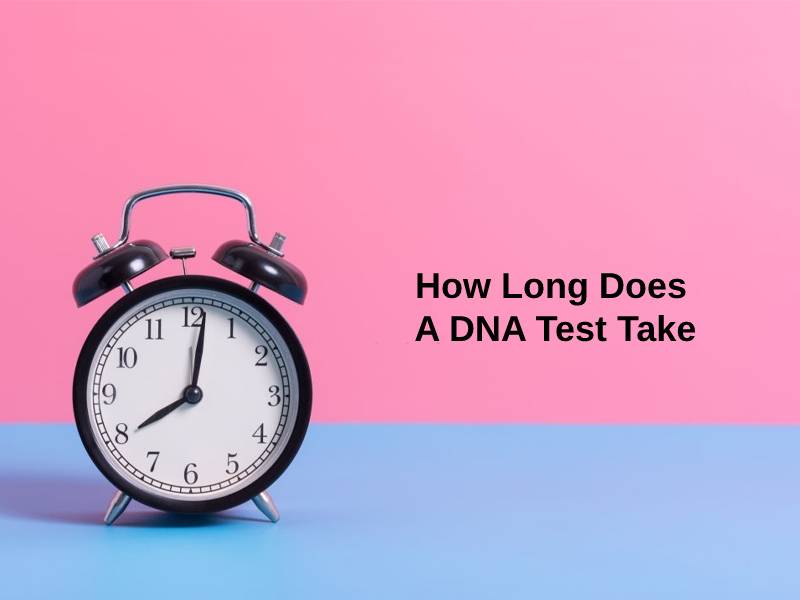
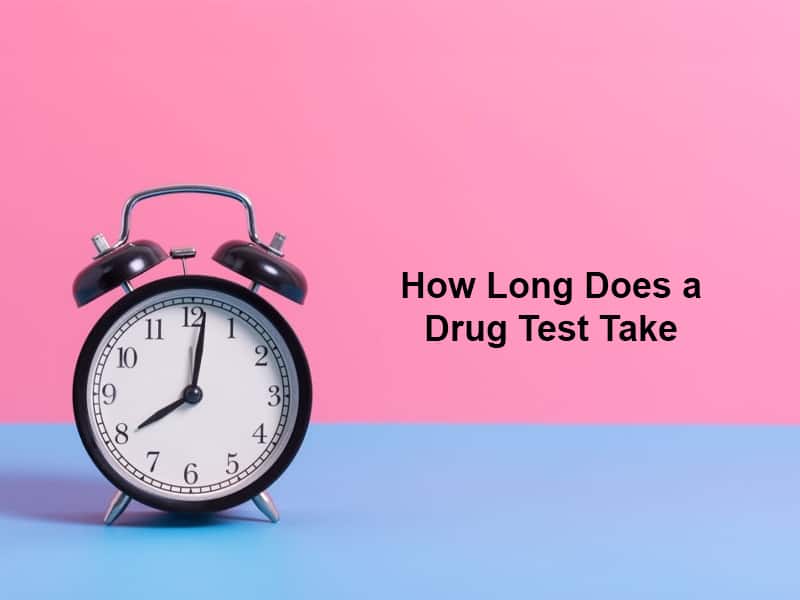
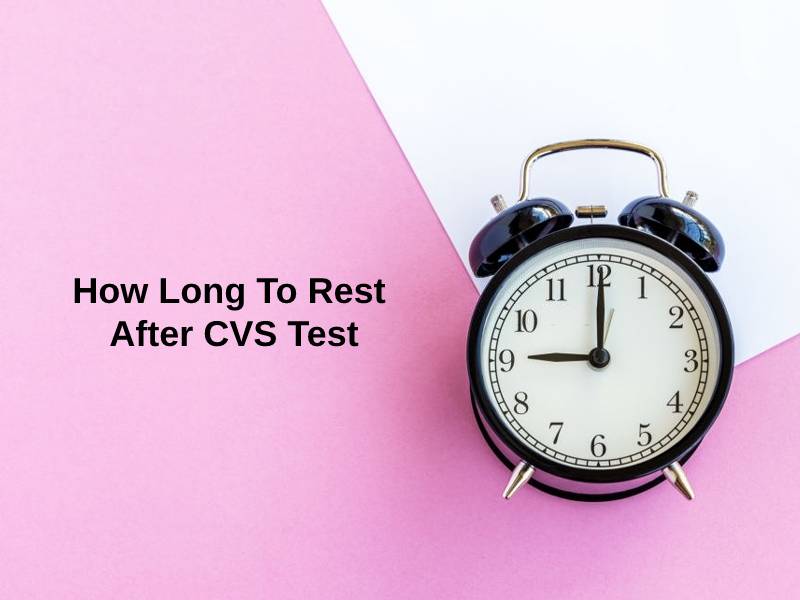

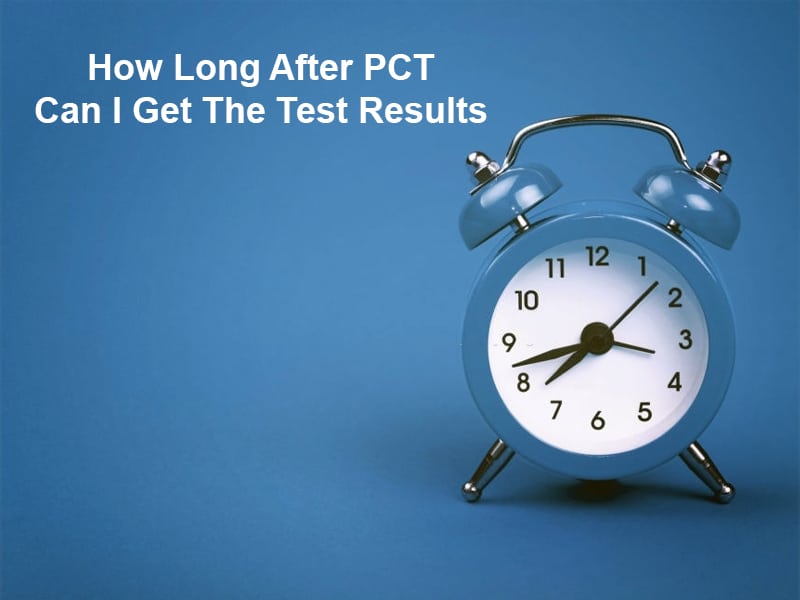
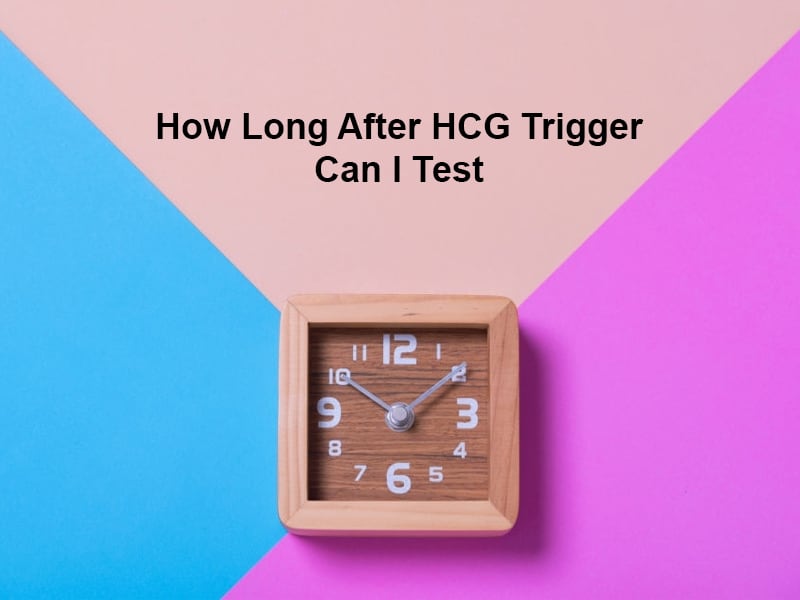



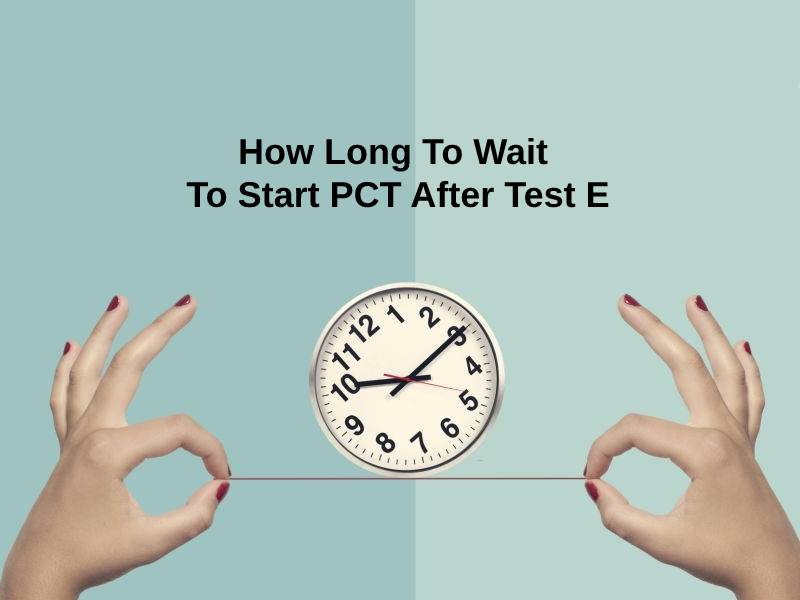

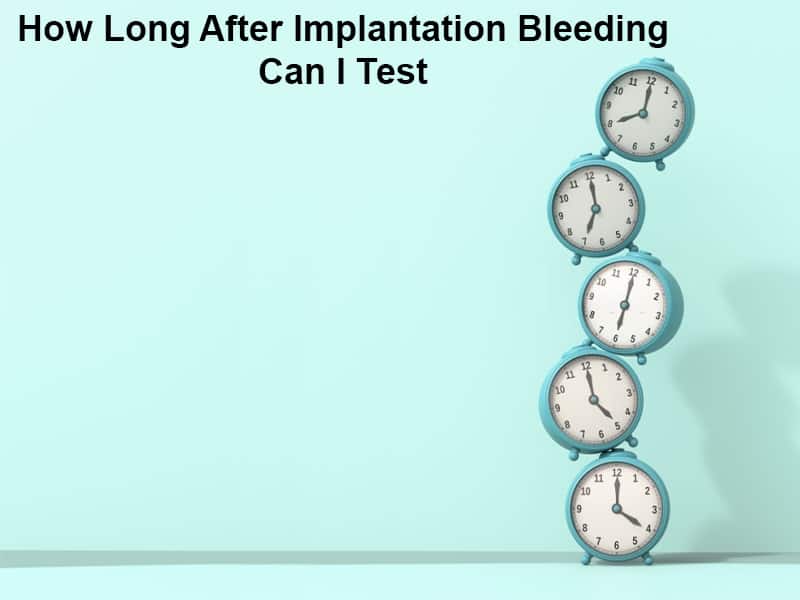

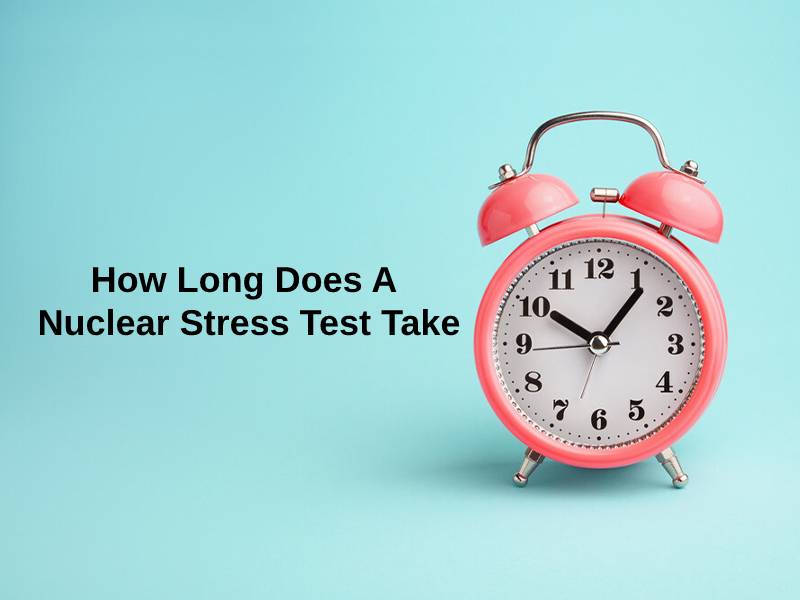
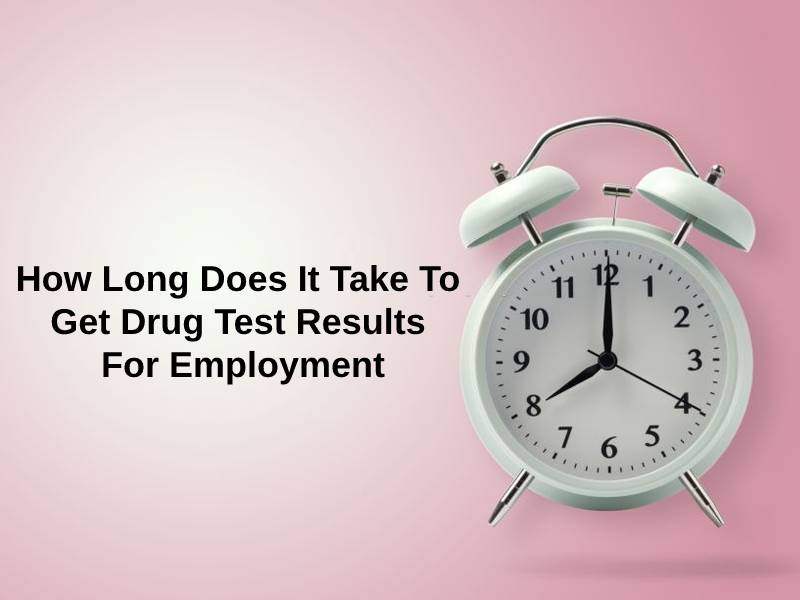
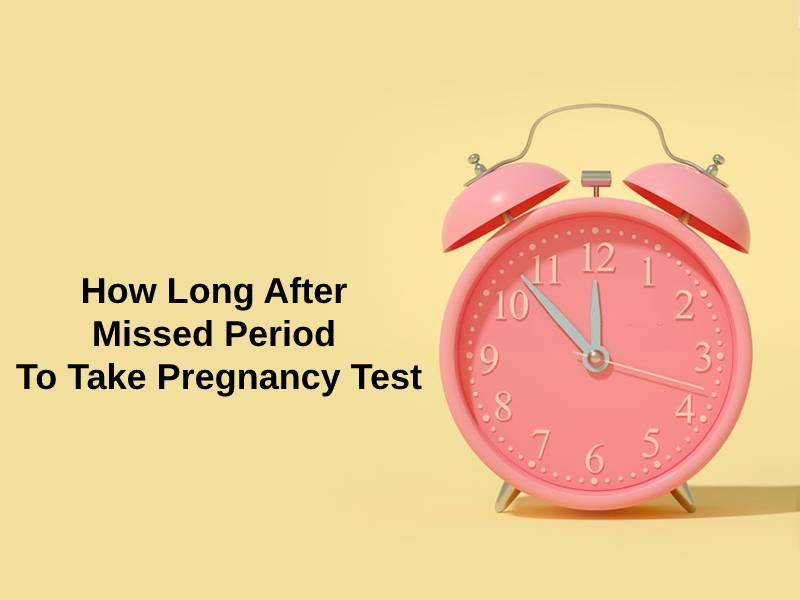

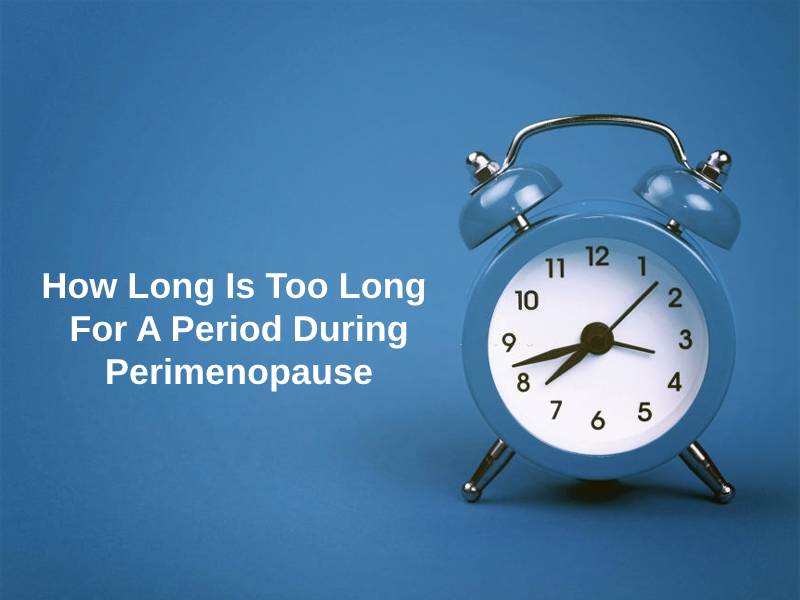
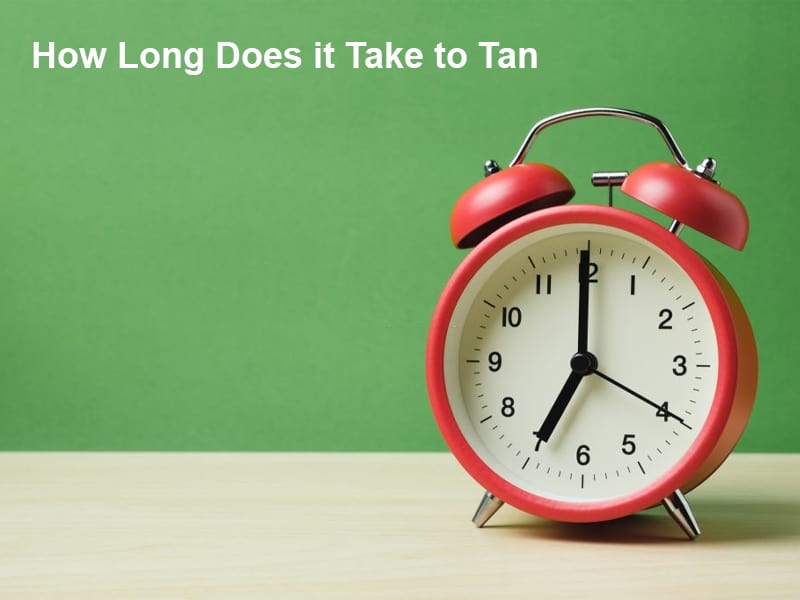
The insights shared about the significance of glucose tests are quite eye-opening. The article provides valuable information for all readers
Absolutely, Kscott. The article has definitely increased awareness regarding glucose tests
I appreciate the detailed explanation of why waiting to eat after a glucose test is important. This article has provided great insights
Absolutely, Karl. The article delivers very valuable information
The information provided about the risks of high and low glucose levels is alarming. This truly emphasizes the importance of glucose tests
Definitely, Wayne. It’s crucial for people to understand the potential health risks and take the necessary precautions
The conclusion drawn in the article is very relevant. A glucose test is indeed a critical step towards identifying potential health issues
Absolutely, Sbell. This article has effectively communicated the importance of glucose tests for overall well-being
The article holds crucial information for those who need to be aware of glucose tests. It’s presented in a clear and concise manner
Agreed, Ihunter. The content is well-structured and informative
Definitely, the article does an excellent job of explaining the importance of glucose tests
The article provides insightful tips on what to eat after a glucose test. This is very helpful
You’re right, Scarter. The advice on post-test diet is definitely valuable
The article provides very important and useful information. Glucose tests are crucial for our health. We should definitely pay more attention to our glucose levels
I completely agree, Kthomas. It’s important for everyone to be aware of the importance of glucose tests
The article is very informative and precise. I appreciate the valuable details shared here
I couldn’t agree more, Hrose. The article is a great source of information on glucose tests
It’s fascinating to see how important glucose tests are for predicting health complications. This article highlights the significance of early testing
I agree, Knight. The article has shed light on the importance of timely glucose tests
Indeed, Knight. The information presented here is quite insightful and beneficial
I find the requirement to fast for glucose tests quite challenging. It’s interesting to see that there are specific rules for different types of tests
Yes, it’s definitely a unique process. Understanding the reasons behind these requirements can help a lot
I agree, Eden. The article explains the details quite well